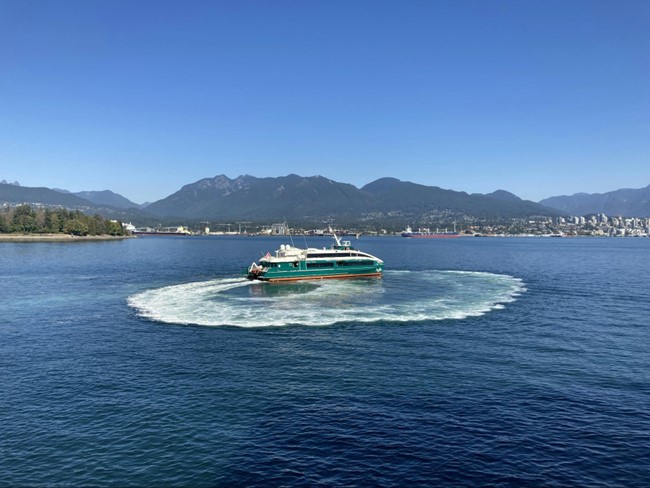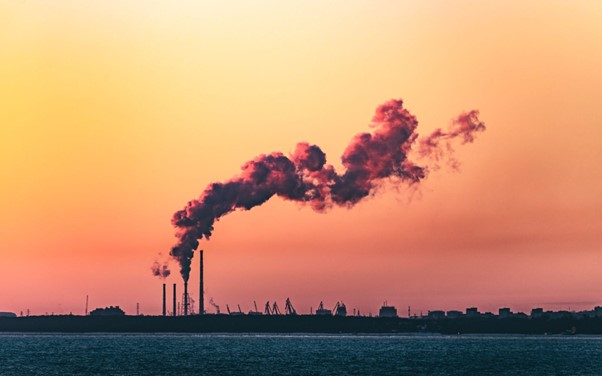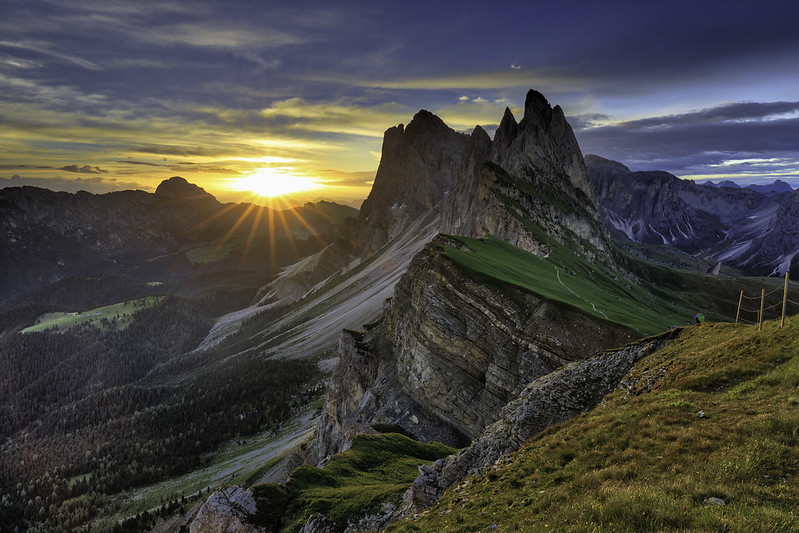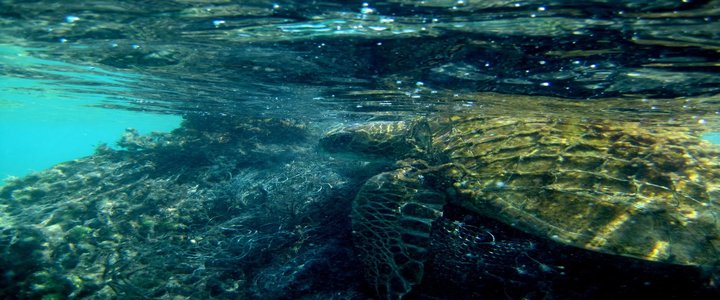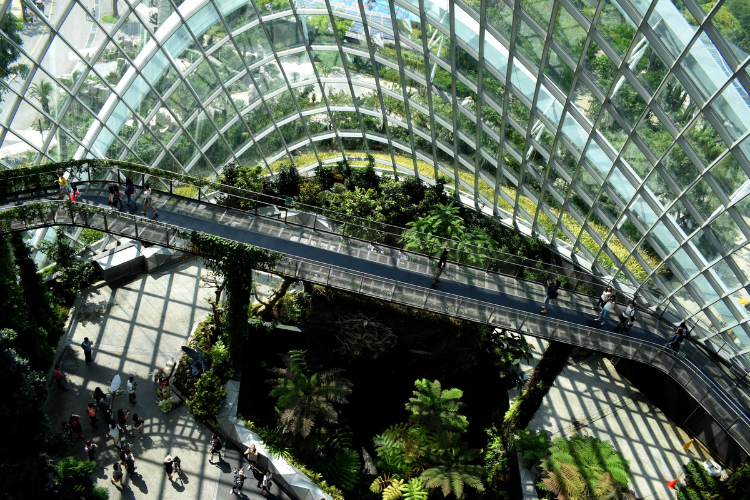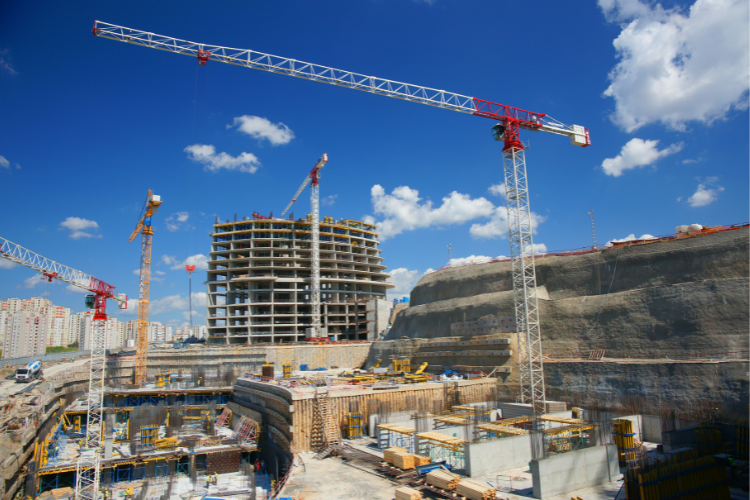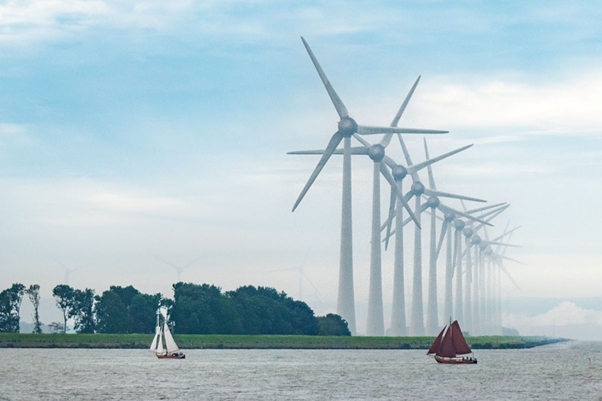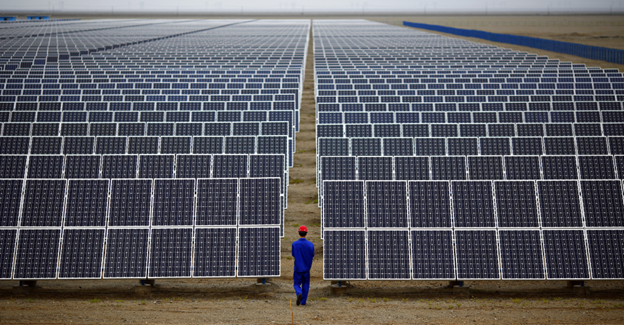Scientists Demand More Research on the Link Between Climate Change and Geohazard Risks
Speculators say climate change is causing intensified natural disasters. Earthquakes are more treacherous and hurricanes are more frequent in areas historically never affected by them before, calling for more thorough and perceptive risk mitigation practices. Can geologists and climate experts discover the link between climate change and geohazards?

Reasons for Concern and Questioning
Researchers can make strong guesses with some research to prove the link between climate change and geohazards exists. However, they need evidence of what they don’t know more than what they have. Finding answers will convince regulatory bodies, lawmakers and investors to funnel their funds into positive climate advocacy.
Until then, the link between climate change and increased geohazard risks appears flimsy to some, as explicit research remains sparse. Experts distinguish between anthropogenic versus natural climate change — human influence versus organic cycles as seen in the planet’s existence. These distinctions carry unique burdens because determining what does and doesn’t directly correlate with human activity will revolutionize how the species executes action.
Which climate shifts are attributable to which category?
Environments like mountaintops elicit numerous questions, as their sensitivity to influences makes their regions unpredictable through the lens of anthropogenic climate change. Deglacerization could happen via organic processes or human impact, but it’s impossible to tell when the data is inconsistent. Therefore, scientists need more concrete evidence to explain these gaps in knowledge.
It could be too soon to tell, as the changes are gradual enough to where regular geohazard activity could mask upticks or shifts in how these disasters manifest. Numerous speculations have a possible connection to climate change, but the dedicated research on some events is slim.
Catalysts Behind the Risks
The primary argument is ice caps. Massive glaciers are melting, leading to rising sea levels. Even an inch of rising oceans can catastrophically alter coastlines, tectonic plate stability and moving patterns of species. Crashing waves could lead to seismic activity on land and turbulence in waters. These processes happen naturally but intensify with human influences, including but not limited to increased freight transportation, emitting more greenhouse gases and unethical water-based tourism practices.
These are a few of the other pain points and catalysts behind continued research of the specific links between climate change and geohazards:
- Land cover and greenhouse gas concentration
- Changes in agricultural practices based on climate and weather tolerances for crops
- Shifts in biological systems of native species
- Extended durations for events like droughts and floods
- Inability for climate staples like mountain permafrost to persist through weather patterns
Another corner of the conversation revolves around urbanization, deeply rooted in clear-cutting and deforestation. These efforts bring populations into a technologically advanced and developed age that changes precipitation patterns and expedites biodiversity loss. Urbanization could be more eco-conscious with greener building techniques, and a focus on renewable energy and circular economic practices.
Urgency for Accelerated Study
Fortunately, passionate discourse and advancing tech assist in bringing answers to desks fast. Innovations like augmented reality and digital twins powered by artificial intelligence can use historical and incoming data to use predictive analysis. Adding these assets to geospatial imaging and sensors like LiDAR can mitigate geohazards that are likely a result of climate change — natural or not.
For example, smart satellite monitoring could have predicted several recent landslides in Sicily and China based on climate change trends. Research tech can double as a warning system and empower risk mitigation for volcanoes, floods, and other storms simultaneously. Sensors could detect suspicious water vapor and humidity changes in one area while notifying professionals that soil dryness could lead to a wildfire in another.
Tech can make what happens when the Earth warms by a single degree or how one volcanic eruption impacts populations tangible. It can produce simulations or predict events while offering nature-based solutions for conservation to minimize the likelihood of geohazards.
Forging the Link Between Climate Change and Geohazards
Two sides oppose literal shifting tides. Some believe there is enough evidence to where research isn’t necessary. Others need the data to justify the trends of anthropogenic influence on Earth’s natural cycles. Scientists need the research to attribute severity to the climate crisis — otherwise, entities with the most impact will postpone action.

